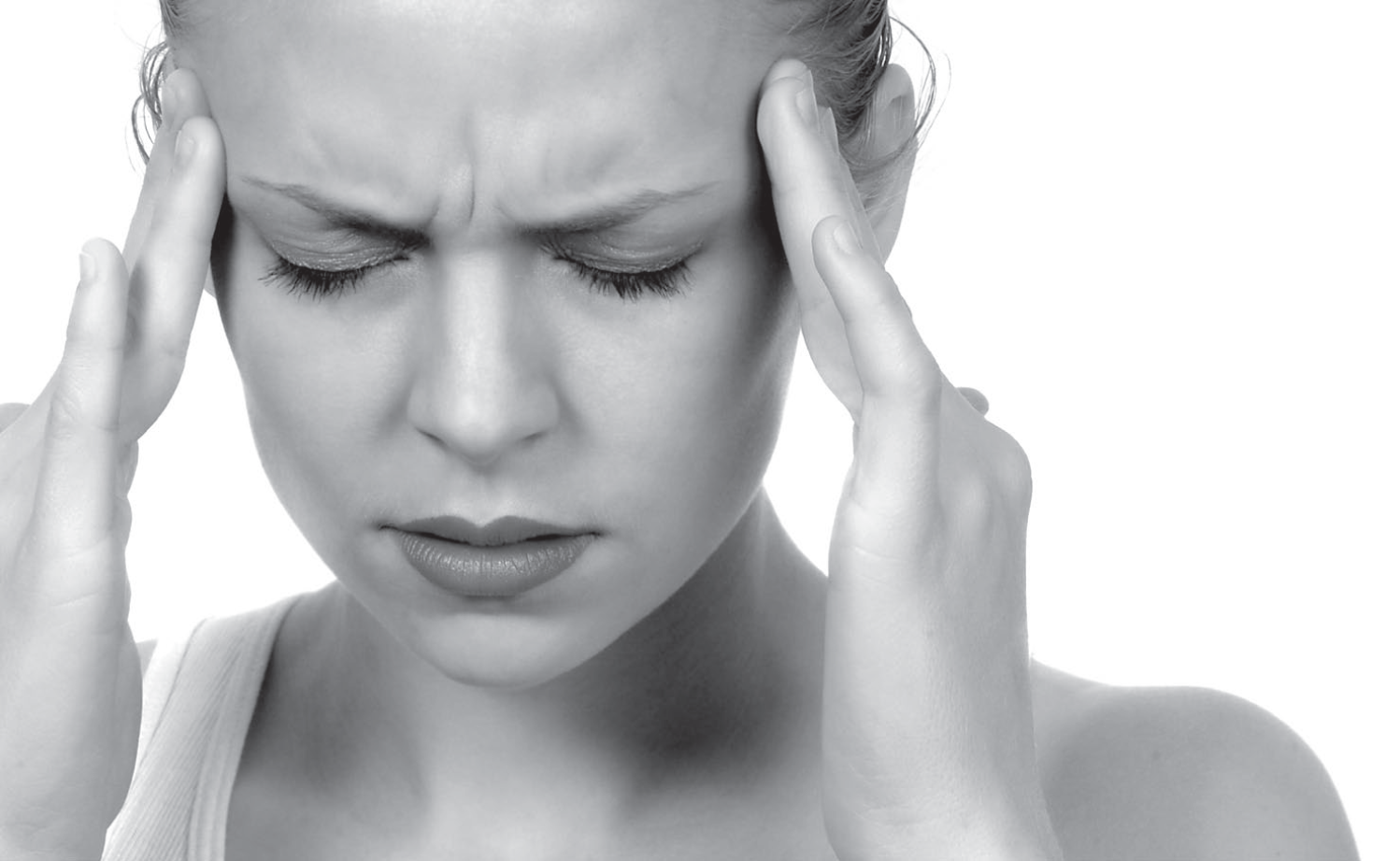People with vertigo know that the law of gravity prevails, but their brains get confused. They feel like they are tilting in space, or that the world is spinning or moving around them. Nausea, sweating, headaches, vomiting, and fatigue may add to their discomfort.
What Is vertigo?
Vertigo is a type of dizziness. Dizziness is generally described as a floating feeling of instability or unsteadiness. Unlike other types of dizziness, vertigo—an illusion of movement when no movement takes place—is a sign that can be objectively tested. Some patients have overlapping signs and symptoms of vertigo plus lightheadedness or dizziness.
Causes of Vertigo
Most vertigo is caused by problems with the peripheral or central nervous system. Vertigo that originates in the peripheral nervous system is often connected with issues in the inner ear. Such causes of vertigo include benign paroxysmal positional vertigo (BPPV), acute vestibular neuronitis, labyrinthitis, and Menière’s disease. Vertigo related to the central nervous system is brought about by disorders of the brain or the spinal cord. Acoustic neuroma, migraines, and multiple sclerosis are included in this category, as is cervicogenic vertigo. Cardiovascular problems such as vertebrobasilar insufficiency are among
vertigo’s many possible sources, as well. Vertigo can also be caused by a wide variety of medications
such as antidepressants, anticonvulsants, antihypertensives, diuretics, barbiturates, salicylates (e.g., aspirin), and sedatives or hypnotics. Cocaine can cause vertigo, as can nitroglycerin, quinine, and some prescription and over the counter cold medicines. Antibiotics that have been linked to vertigo include gentamicin and streptomycin, as well as antineoplastics such as cisplatin and carboplatin. Metabolic issues—such as diabetes mellitus, hypothyroidism, high blood triglycerides, hypoglycemia, and food
allergies/gluten sensitivity—can also cause or worsen vertigo. Other patients’ vertigo can be traced to motor vehicle accidents, falls, or work-related and other types of traumas or illnesses.
Diagnosis and Treatment
To diagnose the cause of vertigo, an examination, including a variety of positioning tests, to check if they will reproduce the sensation of motion. Other tests may be necessary, as well.
Benign Paroxysmal Positional Vertigo (BPPV)
About 65 percent of vertigo is caused by BPPV—a result of calcium debris in the inner ear. The Epley maneuver—a procedure in which the patient is rapidly moved from lying on one side to lying on the other in order to move the calcium debris to a less-sensitive location in the inner ear— helps the majority of patients with BPPV. Studies show that up to 80 percent of patients recover after a single treatment
with the Epley maneuver, and most BPPV cases respond to two to three Epley treatments.
BPPV, however, has a tendency to recur. About 15 percent of patients will experience BPPV again within 12 months of the first episode; in 20 percent, BPPV comes back after 20 months, and in 37 percent, after 60 months. In addition, the Epley maneuver is contraindicated in patients with severe carotid stenosis, heart diseases, and severe neck problems, such as cervical spondylosis with myelopathy or advanced rheumatoid arthritis. Even without treatment, BPPV tends to resolve in weeks or months. Your doctor can also recommend vestibular rehabilitation exercises (called the Brandt-Daroff exercises after the name of their inventor) for you to perform at home. Each exercise position should be maintained for 30 seconds
if there is no vertigo—or for 30 seconds beyond the point where the vertigo stops. The exercises should be repeated five to 10 times and performed three times a day for four to six weeks.
Other Types of Vertigo
Treatment for vertigo caused by other conditions depends on the individual case. Ménière’s disease patients, for example, can benefit from a low-salt diet. Treatment for vertigo associated with migraine headaches should include dietary changes, such as reduction or elimination of aspartame, chocolate, alcohol and caffeine. A regular program of exercise, reducing stress, getting adequate sleep, and performing vestibular rehabilitation exercises can also help reduce symptoms. Vestibular neuronitis and
labyrinthitis, which are often attributed to viral infections, can also be treated with vestibular exercises. In chronic or seriously disabling cases of vertigo, a short course of vestibular-suppressing medications can help provide temporary relief.
Working to improve postural issues can also bring relief to patients whose vertigo is exacerbated by a sedentary lifestyle or working in certain positions for extended periods. Flexed positions—such as those assumed by dentists or dental assistants—can compromise extensor muscles and cause postural imbalances, which may result in vertigo. To restore balance, volleyball, basketball, and other sports involving the extensor muscles may be helpful. In patients with cervicogenic vertigo,
a general ergonomic assessment of work and life activities can help identify contributors to the problem.
Nutrition and Stress Reduction
A balanced diet can provide nutrients necessary for proper function of organs and restore nutrient imbalances, some of which may contribute to vertigo. In addition, some supplements and herbs may be helpful in reducing vertigo:
